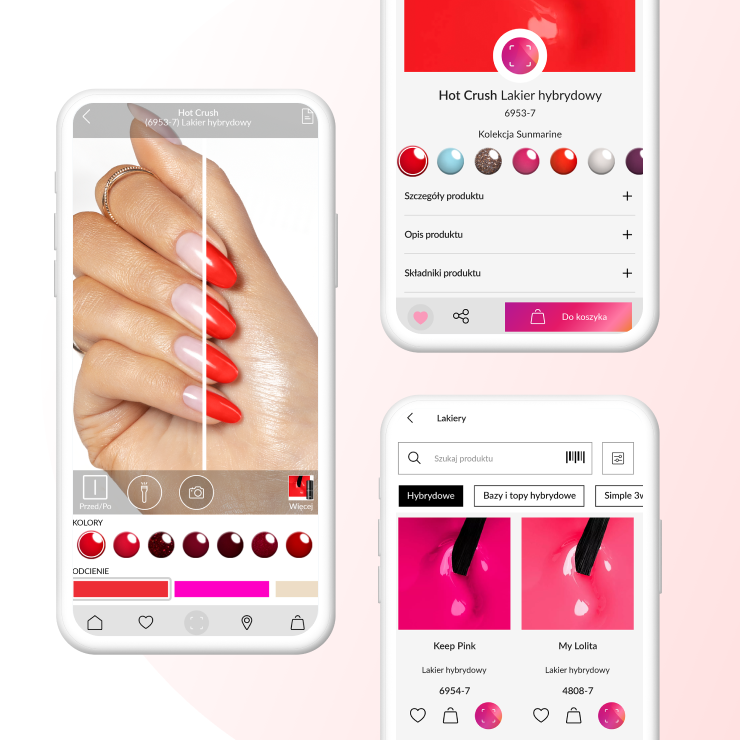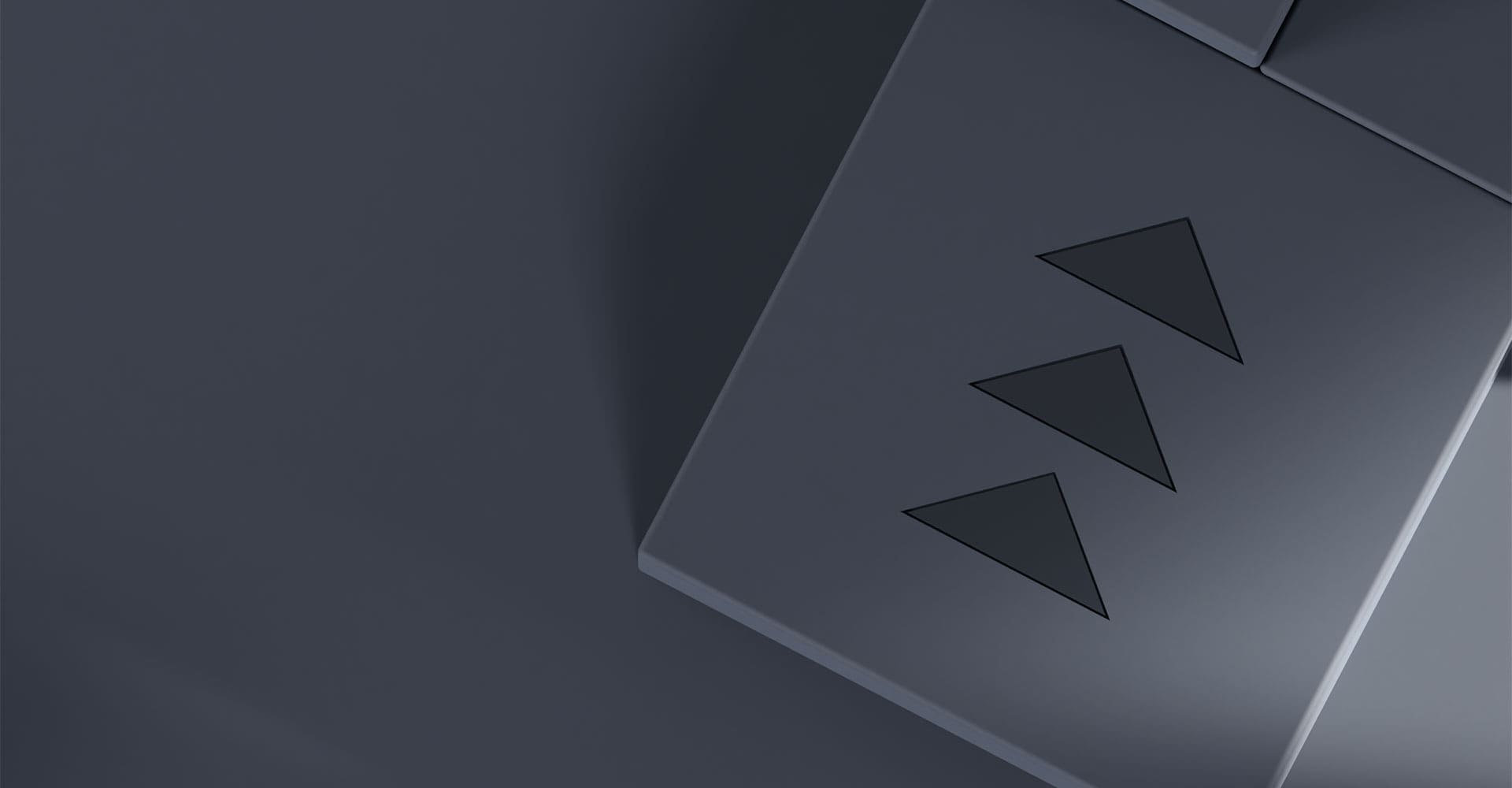What is user research, and why is it essential for my product?
User research involves gathering insights from your target audience to inform product design decisions. It helps ensure that your product meets the needs and expectations of real users, reducing the risk of failed launches. At Netguru, we leverage techniques like discovery research, usability testing, and competitor analysis to optimize your product and drive better user satisfaction.
How does user research improve my chances of success?
Investing in user research early in the development process can reduce product development cycles by 33-50%. By understanding user behavior and preferences, we help businesses like Careem and OLX improve retention, increase conversions, and expand their user base. Effective user research leads to more informed decisions, which in turn result in higher-quality products that resonate with your audience.
What are the different types of user research offered by Netguru?
Netguru provides a range of user research services to suit various business needs:
How does competitor analysis help my product stand out?
Competitor analysis involves studying the strengths and weaknesses of similar products to identify areas where your product can excel. By understanding what works in the market and where others have failed, we help you craft a superior product that outperforms the competition. This process helped OLX Motors Europe improve its product offerings with insights from the market.
What is usability testing, and how can it benefit my product?
Usability testing involves observing real users as they interact with your product to identify pain points and areas for improvement. This testing is crucial for ensuring that your product is easy to use and intuitive, leading to higher user satisfaction and better business outcomes. For example, through usability testing, we helped Fundid validate assumptions and refine their fintech solution.
Why should I choose Netguru for user research?
With over 15 years of experience and a track record of 2,500+ projects, Netguru has a proven ability to deliver actionable insights through user research. We’ve helped clients like Randstad and Fundid make data-driven decisions that improved product design and feature development. Our research helps de-risk your product development and ensures that it aligns with real user needs.







